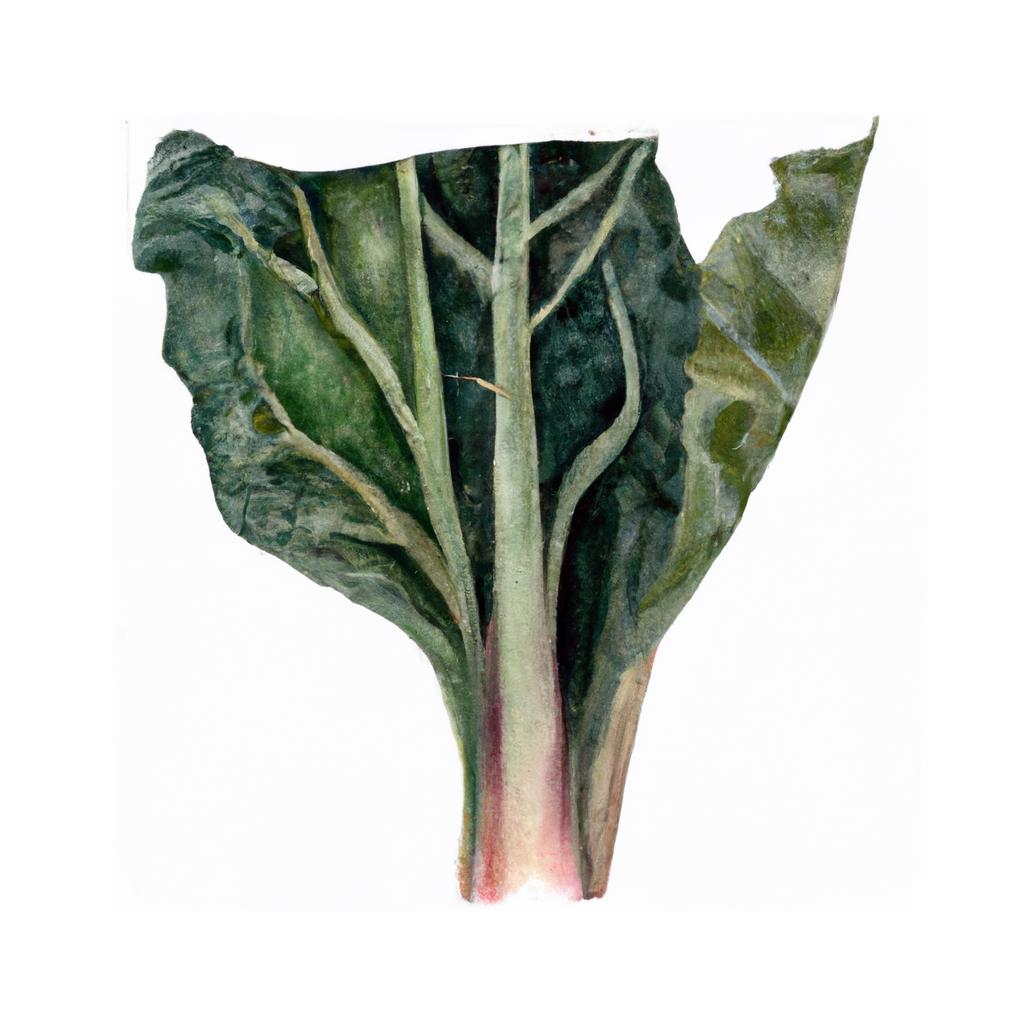
Chard, also known as Swiss chard or silverbeet, is a leafy green vegetable belonging to the beet family, Beta vulgaris. It is known for its large, vibrant green leaves and colorful stems, which can range from red, orange, yellow, or white. Chard is native to the Mediterranean region and has been cultivated for thousands of years.
Rich in vitamins A, C, and K, as well as minerals like magnesium, potassium, and iron, chard is packed with nutritional benefits. It ranks high among leafy greens for its antioxidant content and has anti-inflammatory properties as well. One interesting fact about chard is that it's often grown as an ornamental plant due to its striking colors, however, it remains a popular, healthy food choice.
Swiss chard can be enjoyed raw or cooked, with young, tender leaves being suitable for salads, while the more mature leaves can be sautéed or added to various dishes. The stems of chard are also edible and can be cooked similarly to asparagus or celery. Chard goes well with a variety of foods, including eggs, pasta, and grains like quinoa or barley. It is also a popular ingredient in Mediterranean dishes, like spanakopita or frittatas.
When growing chard in your garden, it thrives in cool weather but can also tolerate some heat. It prefers well-draining soil with a pH between 6.0 and 6.8. Plant seeds about 2-3 weeks before the last frost date and space them about 12 inches apart. Chard will typically be ready to harvest within 50 to 60 days after planting. Harvest the outer leaves first to encourage the inner leaves to continue growing.
This is advice is most applicable to growers in the UK, you may need to adjust the timings if you live somewhere with a different climate and/or seasons.
| Month | Tasks | Advice |
|---|---|---|
| January | - | - |
| February | sow indoors, | Sow chard seeds in trays or pots indoors to get a head start on the growing season. Keep soil moist and warm. |
| March | sow indoors, sow outdoors, | Continue sowing chard seeds indoors or begin sowing outdoors in well-prepared soil. Space seeds about 12 inches apart. |
| April | sow outdoors, thin out seedlings, | Direct sow chard seeds outdoors and thin out any indoor-grown seedlings to 12 inches apart. Keep the soil evenly moist. |
| May | plant out, harvest, | Transplant any indoor-grown chard to the garden and begin harvesting outer leaves when they reach a suitable size. |
| June | harvest, | Continue harvesting chard leaves regularly to encourage new growth and maintain a supply of fresh leaves. |
| July | harvest, | Continue harvesting chard leaves regularly, taking care not to take too many leaves from one plant. |
| August | harvest, | Keep harvesting chard throughout the month to maintain a fresh supply and encourage new growth. |
| September | harvest, | Harvest chard leaves as needed, and ensure the plants are well-watered during any dry spells. |
| October | harvest, | Continue to harvest chard leaves throughout the month, keeping an eye out for frost damage as temperatures drop. |
| November | harvest, protect from frost, | Harvest chard before hard frosts hit. Consider using a cloche or fleece to protect plants if you want to extend the harvest season. |
| December | - | - |